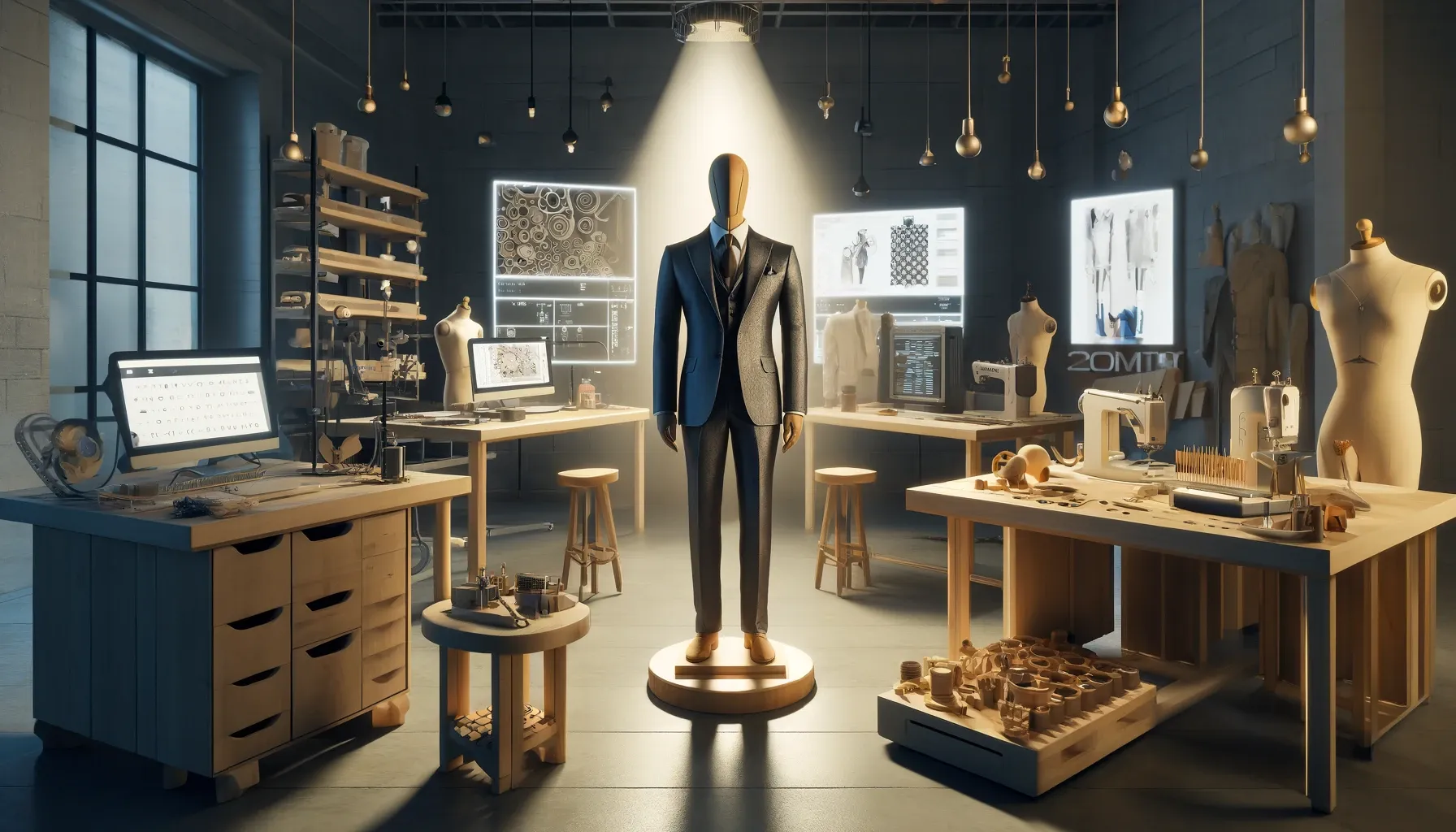
Mass Customisation represents a paradigm shift in manufacturing and retail, offering a unique blend of the personalisation associated with custom-made products and the efficiency and lower cost of mass production. This is also driven by consumer expectations, where this transformative movement highlights a growing demand for personalised products where "one-size-fits-all" is no longer what a consumer expects, but would prefer a personalised product. This blog delves into the intricacies of this particular trend where Made-to-Measure (MTM) and Made-to-Order (MTO) play a vital role in the evolving narrative.
Understanding MTM and MTO
But before that let's try to understand what MTM and MTO are. Made-to-Measure refers to the process of tailoring a product to fit a specific customer's size and preferences based on standardised sizing charts. It offers a balance between bespoke tailoring and off-the-shelf purchasing, providing a personalised product with less wait time. Made-to-Order, on the other hand, involves creating a product from scratch based on the customer's specifications, offering a higher degree of customisation than MTM but requiring a longer production time.
The Challenges
In theory, MTM and MTO look quite appealing. Despite their appeal, there are some challenges that these processes have:
- Complexity and Scalability: Customisation adds complexity to production and supply chains, making it difficult to scale operations efficiently.
- Lead Times: The time from order placement to delivery can be lengthy, affecting customer satisfaction.
- High Costs: Customisation often comes with higher production costs due to the individual attention and unique materials required for each order.
- Visualisation: Customers may find it difficult to visualise the final product, leading to uncertainty and decreased satisfaction.
The Role of 3D Customisation
3D customisation technology addresses these challenges head-on, offering solutions that benefit both businesses and consumers:
- Enhanced Visualisation: 3D models allow customers to visualize their customised product in real time, making design choices with confidence and reducing the likelihood of returns.
- Efficiency and Accuracy: Digital templates and automated adjustments reduce the margin of error in measurements, enhancing the precision of the final product.
- Reduced Lead Times: Automation and streamlined workflows enabled by 3D technology can significantly shorten production cycles, delivering products faster to customers.
- Cost Reduction: While the initial setup for 3D customization technology can be high, the long-term savings in reduced material waste, optimised labour, and lower return rates can be substantial.
- Scalability: Digital customisation platforms can handle a high volume of orders simultaneously, allowing businesses to scale operations without a proportional increase in errors or delays.
Real-World Applications
The impact of 3D Customisation is already being felt across various industries. In fashion, for instance, companies are using 3D Body Measurements technology to create perfectly fitted garments. In furniture manufacturing, customers can now design their pieces, selecting materials, colours, and styles in a 3D interface. Even in the automotive industry, buyers can customise their vehicles with a level of detail previously unavailable, from the interior fabrics to the body colour. As the demand for such technology and applications is increasing, there is an increase in the start-ups that are catering to such demands. Spline is a 3D Editor tool where one can create 3D objects for web browsers. Womp is another browser-based 3D design software. Similarly, we at thob.studio are building a web-based Page Builder Application for 3D Visualisation and Customisation. Even in the rapidly advancing field of Artificial Intelligence, significant efforts and resources are being dedicated to refining and perfecting text-to-3D models.
Looking Forward
The integration of 3D Customisation in the MTM and MTO processes is not just a trend but a significant shift towards a more personalised, efficient, and sustainable model of production and consumption. As technology continues to evolve, we can expect further advancements that will streamline these processes even more, ultimately leading to a future where the gap between customer imagination and reality is virtually nonexistent.
By embracing 3D customisation, and adapting to new products and solutions, businesses can not only overcome the traditional challenges associated with MTM and MTO but also unlock new opportunities for innovation, customer engagement, and growth. Businesses can use software such as Clo3D at the design level, Spline at the concept level and thob.studio for the creation and delivery level. 3D Visualisation and Customisation can literally help businesses streamline their process from concept to creation.
